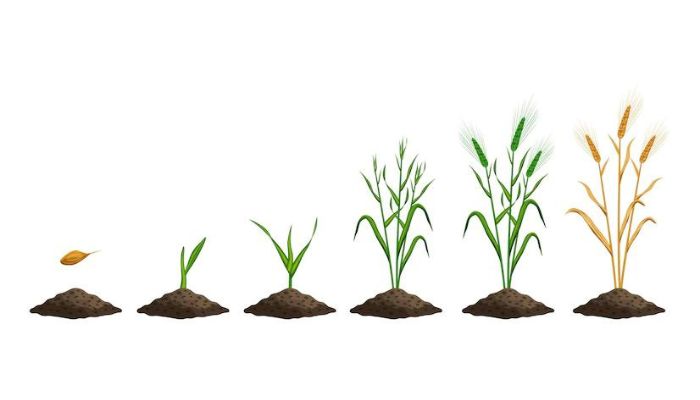Project Report For Bio Fertilizers
Introduction
Project report for Bio Fertilizers is as follows.
A biofertilizer is a live bacterium that colonises the rhizosphere or inside of a plant and encourages development by boosting the supply or availability of necessary nutrients. When applied to soil, seeds, or plant surfaces, it develops into a host plant. Biofertilizers provide nutrients through natural processes such as nitrogen fixation, phosphorus solubilization, and plant growth stimulation through the production of growth-promoting compounds.
Biofertilizer microorganisms restore the soil’s natural nutrition cycle and increase soil organic matter. Biofertilizers may generate healthy plants while also enhancing soil sustainability and health. Although biofertilizers are not yet capable of totally replacing synthetic fertilisers and pesticides, they are expected to reduce their use. Because these helpful bacteria fulfil several activities, their scientific term is “plant-growth promoting rhizobacteria” (PGPR).
Biofertilizers are “eco-friendly” organic fertilisers. Biofertilizers like Rhizobium, Azotobacter, Azospirilium, and blue green algae (BGA) have long been used. Leguminous crops benefit from Rhizobium inoculant. This bacteria can be used to wheat, maize, mustard, cotton, potato, and other vegetable crops. Biofertilizers can help us sustain agricultural productivity and fulfil the growing demand for agriculture-based goods while protecting and sustaining natural resources for future generations. The importance of biofertilizers in increasing agricultural production and quality has already been demonstrated by different research studies conducted across the world.

Benefits Of Bio Fertilizers
The use of bio-fertilizers in agriculture is moving away from the organic farming concept of using only organically derived resources. These are essential components of organic farming. When paired with organic, nutrient-rich fertilisers, plants and soil provide a healthy growth environment that will persist for future growing seasons. plant resistance to pests and some abiotic conditions such as drought, excess water, and extreme temperature variations is increasing. Plants need natural protection from external dangers and limiting circumstances to grow and develop properly, which reduces the need for traditional, chemical fertilisers and pesticides.
Indefinite use of chemical inputs results in soil contamination, runoff pollution, and finally the loss of healthy soil. Traditional fertilisers and pesticides are being regulated, and organic improvements are being used to help regenerate and protect soil health, as well as boost plant growth and agricultural productivity.
The need for bio-fertilizers is growing. Despite this high demand, bio-fertilizer availability is limited due to increased food production needs, bio-fertilizer manufacturing issues, and adequate storage, necessitating the creation of new bio-fertilizers. The good news is that bio-fertilizers are fairly economical, easy to use, and have a long shelf life. They also do not pollute the environment.
Sample Project Report On Bio Fertilizers
Get Completely Custom Bankable Project Report
Expenses

Product Cost Breakup

Reveneue Vs Expenses

Market Trend

Market Potential Of Bio Fertilizers
Bio-fertilizers have been made available to farmers across the country for more than 20 years. Bio-fertilizers, on the other hand, account for a relatively small proportion of the overall market and output of chemical fertilizers. According to estimates, the country produces 12,000 to 15,000 TPA of fertilizer. Numerous chemical fertilizer plants also produce trace amounts of bio-fertilizers. Apart from the fertilizer-producing plants, M/s. Agro Evo Limited, a joint venture between Hoechst and Schering, is one of the primary divisions. In terms of product, Rhizobium produces the vast bulk of bio-fertilizers.
Various types of raw materials are required depending on the technique and product combination. The most important requirement is an effective microbial strain. Other raw materials required include carbon hydrates, minerals and salts, wood charcoal, and so on. Consumables such as plastic bags, glassware, aluminum foil, and so on would also be required for the project.
The market is expected to grow over the next few years as a result of increased demand for organic food, sustainable organic farming, and fertilizers compatible with agricultural practices. The use of these fertilizers is spreading across the country because they are an economical and environmentally beneficial solution for producing crops. There is an urgent need to move to more sustainable agricultural production practices, with a larger emphasis on building sustainable mechanisms, due to challenges with climate change, physical and chemical soil deterioration, and water contamination. Biofertilizer is one of the best methods, a better alternative to sustainable agriculture, and a viable solution to the dual issues of environmental stability and global food security.

